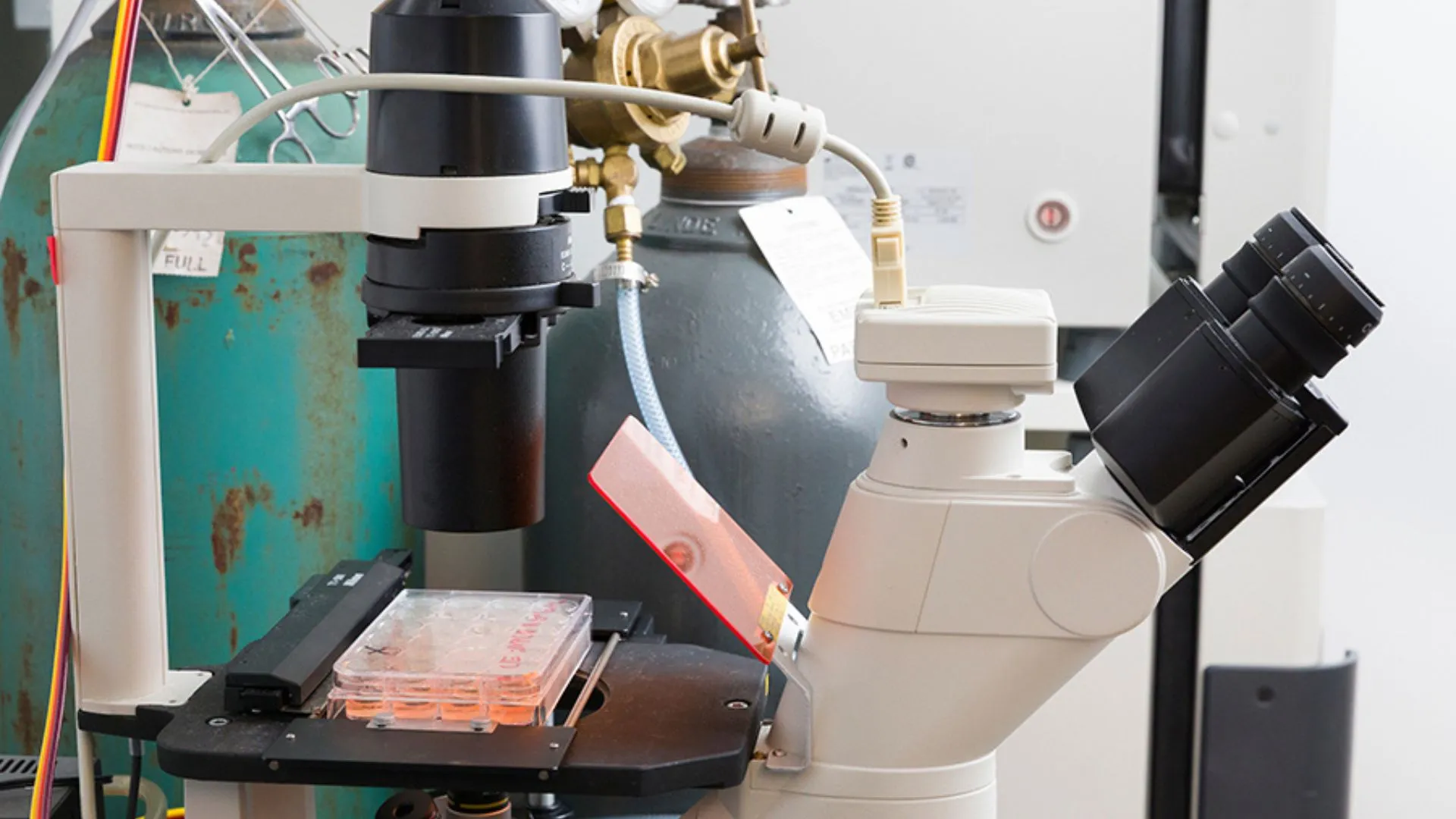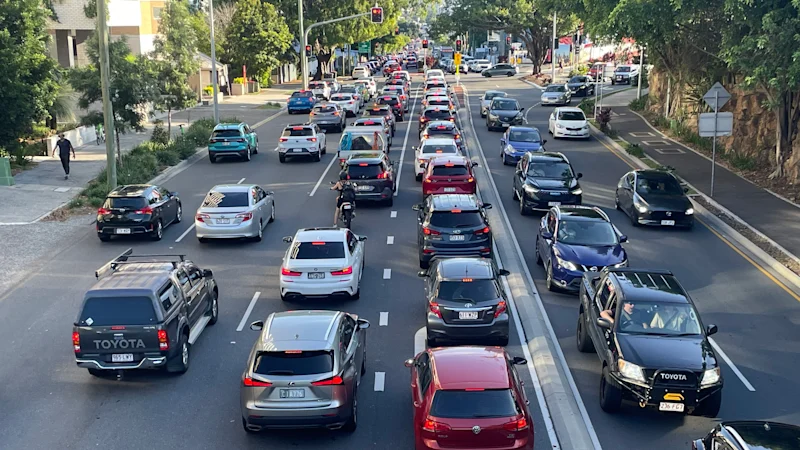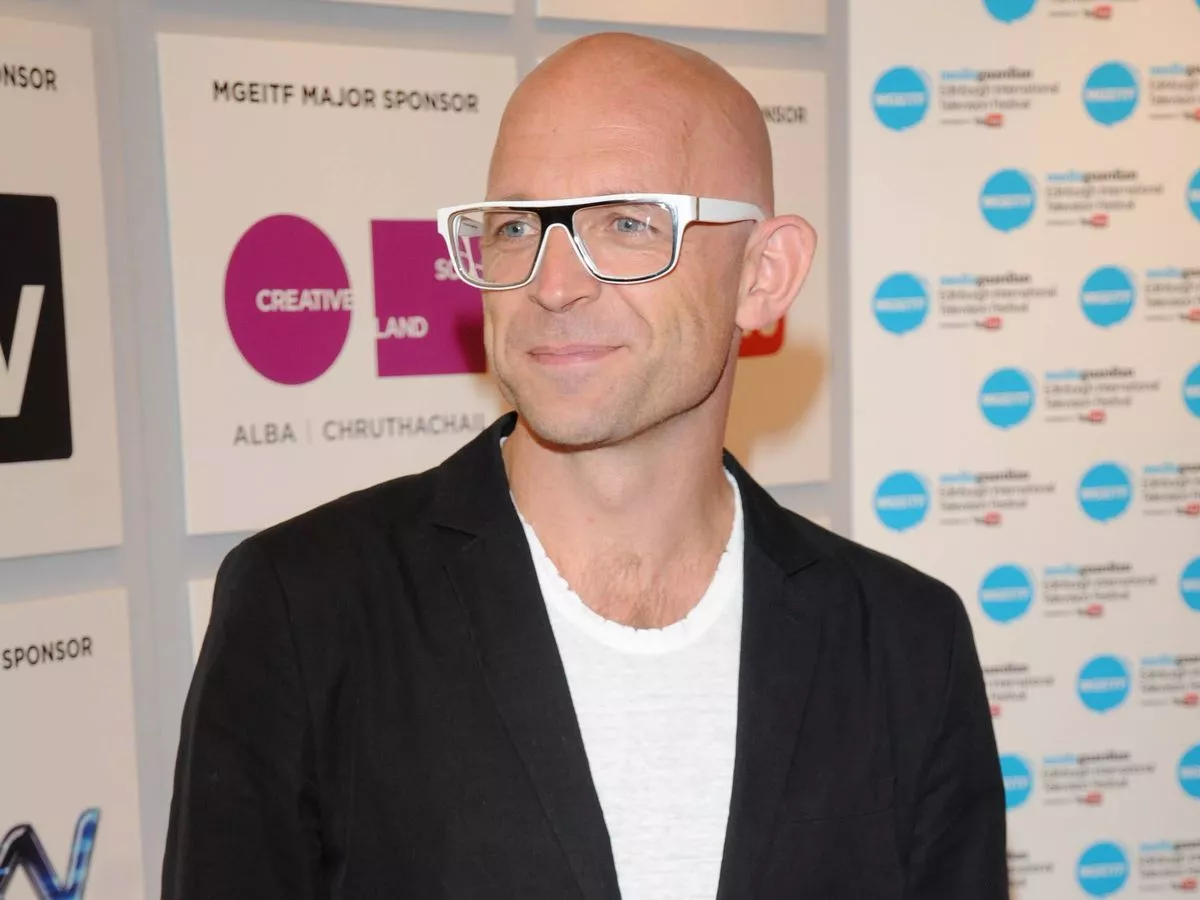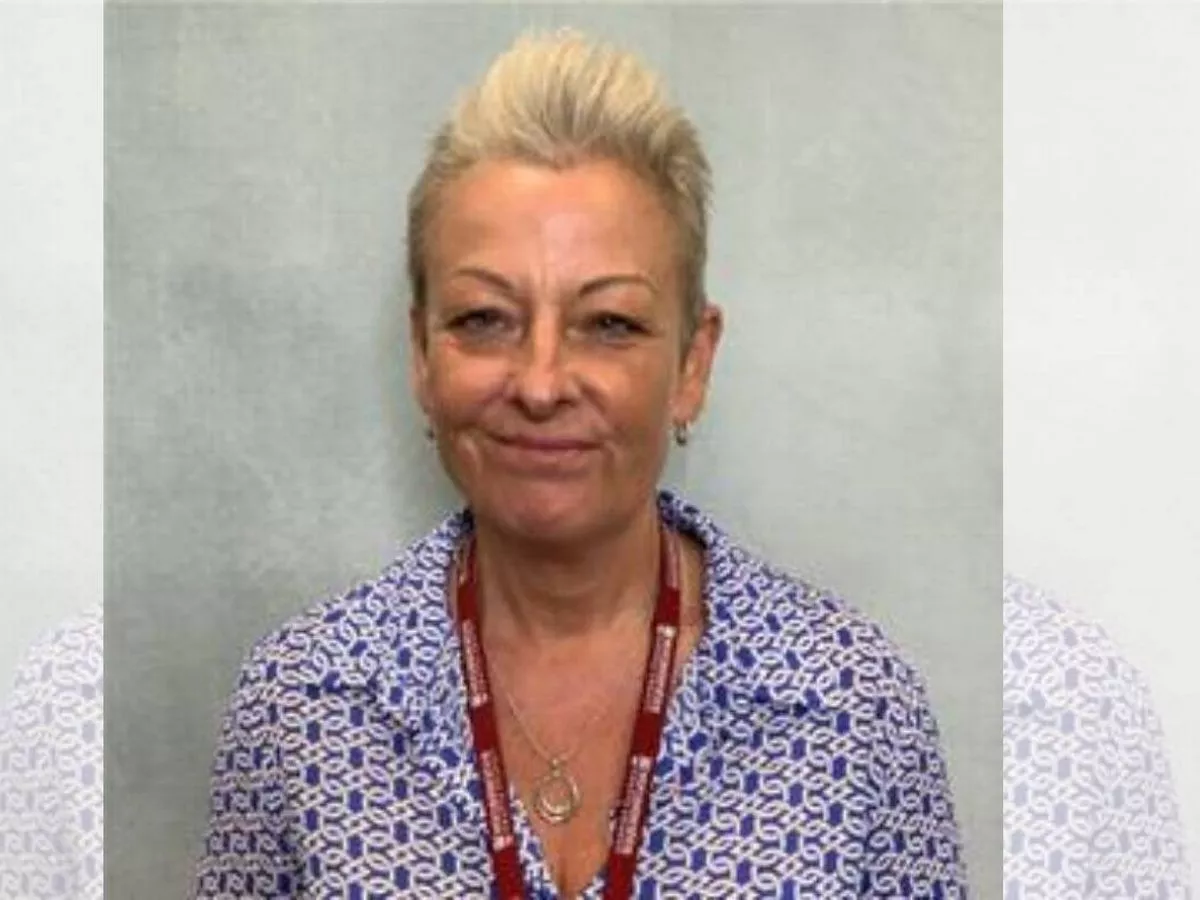
Inside our cells are microscopic bubbles called extracellular vesicles (EVs). These particles carry proteins and compounds that help cells heal and communicate with each other.
Scientists see them as natural delivery vehicles that could carry medicines to damaged tissues, even to parts of the body that are hard to reach.
The potential is immense, but producing EVs in large amounts has been a roadblock. Current methods yield too few to make treatments practical, keeping costs high and limiting patient access.
Breakthrough in production
Researchers at the FAMU-FSU College of Engineering have developed a scalable way to produce EVs using vertical-wheel bioreactors. These devices rotate gently to mimic the flow of blood.
By doing so, they stimulate lab-grown blood vessel cells to release more EVs without compromising their quality.
“Imagine if we could harvest microscopic delivery trucks from lab-grown human tissues to carry healing molecules directly to damaged cells in our bodies,” said Professor Yan Li from the Department of Chemical and Biomedical Engineering. “That’s essentially what we have accomplished in our investigation.”
The method boosted EV production two to three times compared to traditional systems, where cells sit in static chambers.
The researchers compared it to running a factory at peak efficiency.
“Think of it like the difference between a factory running at normal capacity versus one operating at peak efficiency under optimized conditions,” Li said. “Essentially, the gentle spinning motion enhances both the quantity of these essential vesicles and the overall health of the artificial blood vessels.”
Promise for future therapies
Tests confirmed that the EVs produced through this process retained their healing potential.
They reduced damage from aging and supported cell growth, signs that they could still aid tissue repair when scaled up.
The findings address a key obstacle to bringing EV therapies into medical use.
By creating a system that is both scalable and reliable, the researchers opened the door for treatments that could one day be affordable enough for widespread adoption.
“I hope that the research on EVs increases because of our study,” said Justice Ene, a graduate student researcher and study co-author. “In the future, we need to explore the composition of therapeutic cargo and learn how well the research translates to safely being produced at a large scale. There are still many questions, but it’s a step in the right direction.”
The advance could make experimental therapies for age-related diseases and tissue damage more realistic options for patients, not just laboratory prototypes.



